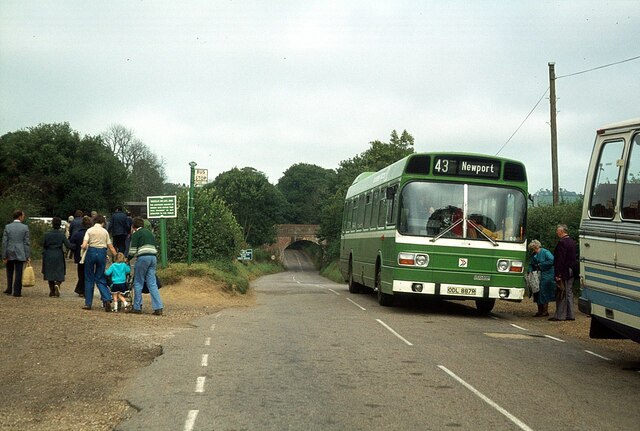Little Duxmore Copse
Wood, Forest in Hampshire
England
Little Duxmore Copse

Little Duxmore Copse is a picturesque woodland located in Hampshire, England. Covering an area of approximately 100 acres, this enchanting forest is renowned for its natural beauty and diverse range of flora and fauna.
The copse is predominantly characterized by its dense canopy of towering oak and beech trees, which provide a shady and tranquil atmosphere. These ancient trees, some of which date back centuries, create a captivating and awe-inspiring sight throughout the year.
The forest floor is adorned with a rich carpet of bluebells during the spring season, creating a stunning violet-hued spectacle. Visitors can also find an abundance of wildflowers, including primroses, wood anemones, and violets, which add vibrant splashes of color to the woodland.
Little Duxmore Copse is home to a variety of wildlife, making it a haven for nature enthusiasts and birdwatchers alike. Bird species such as woodpeckers, nuthatches, and tawny owls can be spotted throughout the year, while elusive mammals like badgers, foxes, and deer occasionally make appearances.
The copse offers several walking trails and paths, allowing visitors to explore its beauty at their own pace. These well-marked routes wind through the forest, passing bubbling streams, moss-covered rocks, and small clearings, providing a sense of tranquility and serenity.
Little Duxmore Copse is a true gem of Hampshire, offering a peaceful retreat for those seeking solace in nature. Its ancient trees, vibrant wildflowers, and diverse wildlife make it a must-visit destination for anyone looking to immerse themselves in the natural wonders of this beautiful region.
If you have any feedback on the listing, please let us know in the comments section below.
Little Duxmore Copse Images
Images are sourced within 2km of 50.692981/-1.2094989 or Grid Reference SZ5588. Thanks to Geograph Open Source API. All images are credited.










Little Duxmore Copse is located at Grid Ref: SZ5588 (Lat: 50.692981, Lng: -1.2094989)
Unitary Authority: Isle of Wight
Police Authority: Hampshire
What 3 Words
///meanest.vocally.blemishes. Near Newchurch, Isle of Wight
Related Wikis
Havenstreet railway station
Havenstreet railway station is a railway station at Havenstreet, Isle of Wight. == History == It opened in 1875 and was an intermediate stop on (successively...
Mersley
Mersley is a farming hamlet on the Isle of Wight. Mersley is in Newchurch Parish, and is adjacent to the village of Newchurch itself. Mersley is home to...
Downend, Isle of Wight
Downend is a settlement on the Isle of Wight, off the south coast of England. It is the location of the Robin Hill adventure park. According to the Post...
Isle of Wight Garlic Festival
The Isle of Wight Garlic Festival is a fundraising event that is held annually on the Isle of Wight to support the island's garlic industry, as well as...
Nearby Amenities
Located within 500m of 50.692981,-1.2094989Have you been to Little Duxmore Copse?
Leave your review of Little Duxmore Copse below (or comments, questions and feedback).








